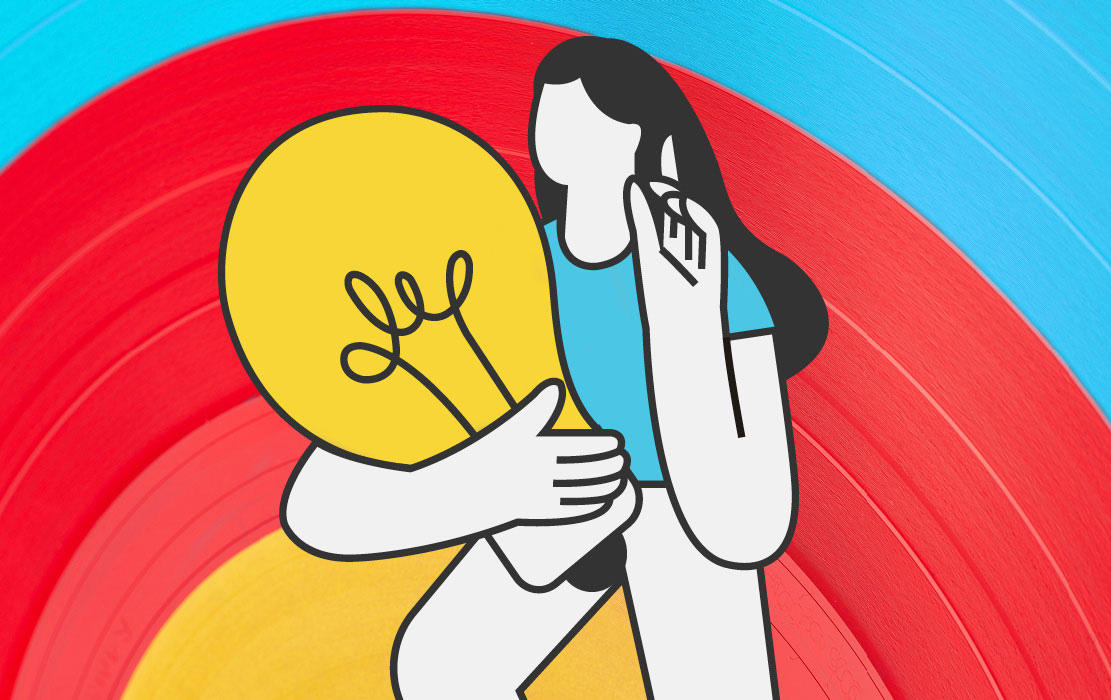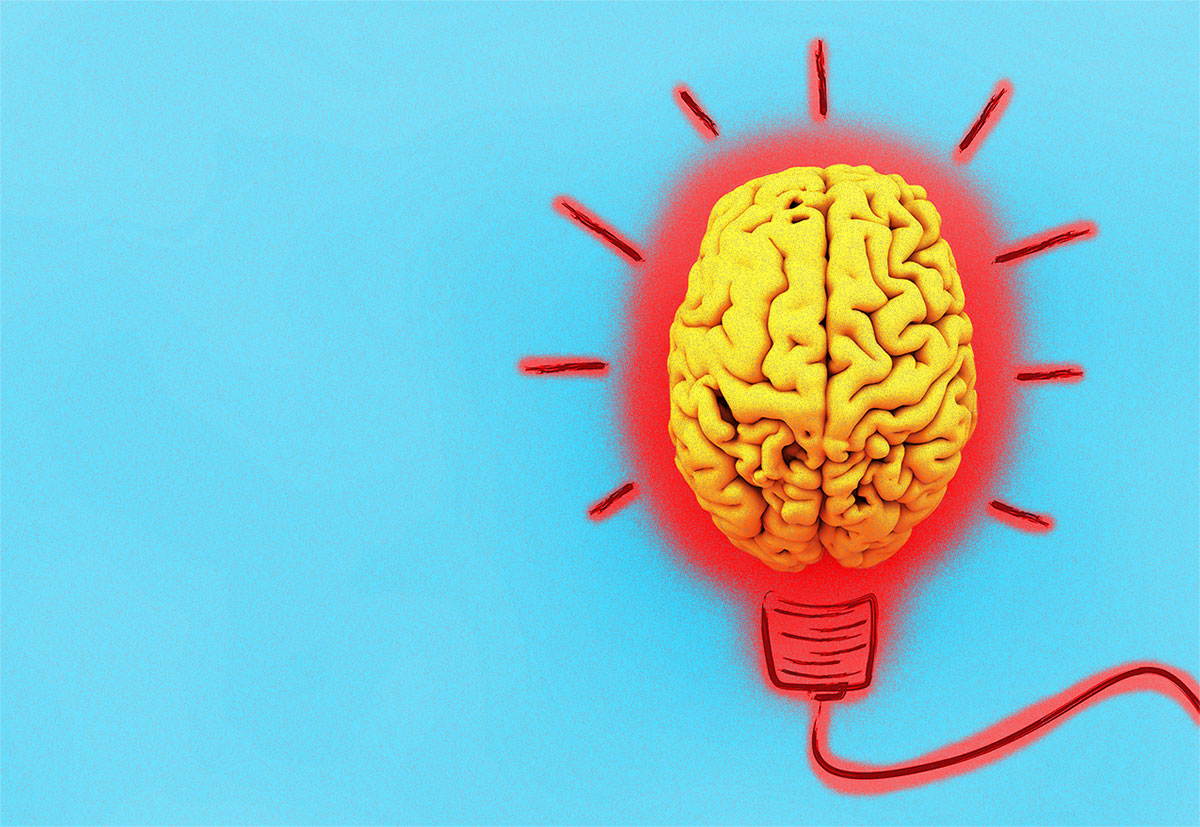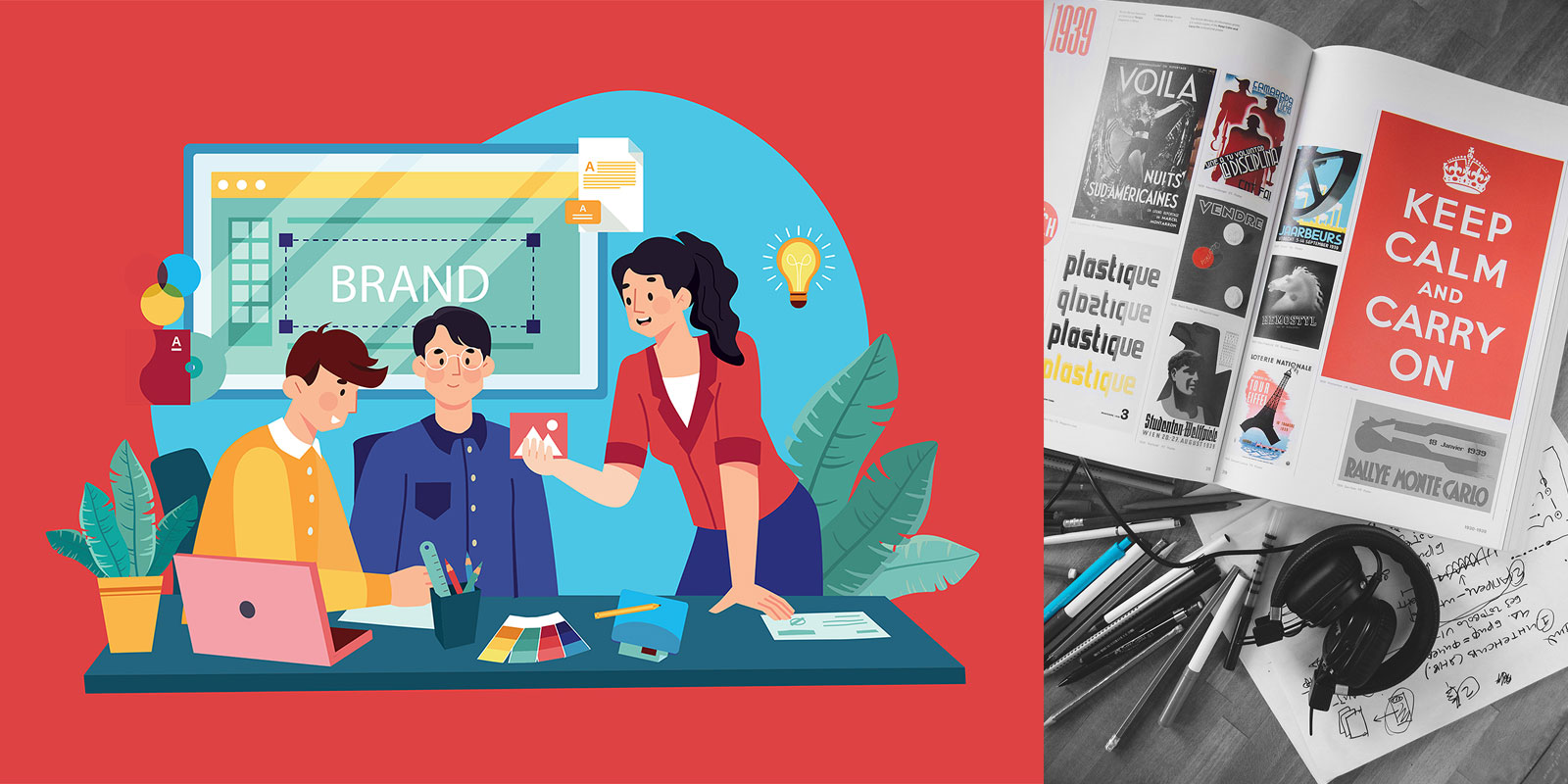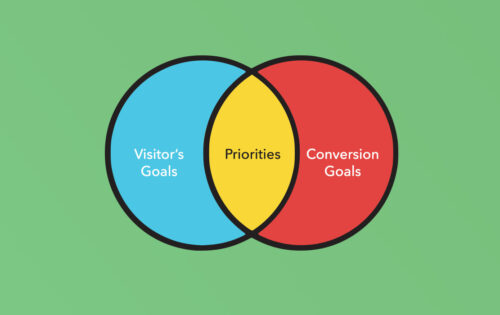
A visual brand identity is the set of visual elements that define a brand. This can include logos, color palettes, fonts, and other graphic elements. These elements are of much importance because they completely define a brand’s first impression to a client or customer. This can make these identities difficult to design because there is so much thought that must go into them. You must think about the customers or clients of the company and you must think about the company itself, ensuring that the design choices align with the brand’s personality.
What is Visual Identity?
Visual identity refers to the visual elements that represent a brand, including its logo, color palette, typography, imagery, and physical brand assets. These elements work together to create a cohesive visual identity that communicates a brand’s message and values to its target audience. A strong visual identity is essential for building brand recognition and creating a consistent brand image. It helps to differentiate a brand from its competitors and ensures that the brand’s personality is clearly conveyed. By carefully selecting and combining these visual elements, businesses can create a visual identity that resonates with their audience and supports their overall branding efforts.
Why Does Developing a Visual Brand Identity Matter?
Developing a visual brand identity is crucial for any business aiming to establish a strong brand presence. A well-designed visual identity can create a positive first impression, build trust and credibility with customers, and set a brand apart from its competitors. It communicates a brand’s message and values, helping to create a consistent brand image that supports marketing efforts. In today’s digital age, a strong visual identity is more important than ever. It helps to establish a brand’s online presence and creates a lasting impression on customers, making it a vital component of any successful branding strategy.
What Elements Make Up a Visual Brand Identity or Design System?
The Adobe website outlines the five elements that are key to an effective design system, which are crucial for establishing a brand’s visual identity. These are listed below, along with examples for each element.
- Design principles: Shopify’s experience values
- Foundations: Adobe Spectrum’s Foundations
- Components: Google’s Material Design components
- Guidelines: Zendesk’s content guidelines
- Resources: IBM Carbon Designing: Get Started guide

Using The 5 Visual Elements to Create a Branded Experience
The design principles outline and portray the customer’s experience of the brand which sets the tone for the entirety of the brand elements to follow. Foundations are basically the elements included in your style guide: colors, imagery, illustrations, typography, etc., which are essential for creating a successful visual identity that is memorable, relevant, and consistent with the brand’s values. Components refers to the elements for creating user interfaces. Guidelines are the explanations of when certain elements should be utilized, what elements can be used where, and more. Finally, resources include tools like plug-ins and a design system website for all designers and developers to utilize.
How to Start the Process
There is no right way to get started – every person thinks differently, therefore, everyone designs differently. Getting started simply requires finding a particular set of images or elements that contribute to a good visual identity. These visual assets can become a good springboard for the designer to create the visual aspects of a brand’s design system. Some Graphic Design professors push you to work in a certain order when completing this process, but this doesn’t work for every designer. Just know that there are always multiple paths for the branding process and staying motivated as a designer.
Finding Inspiration by Starting Simple
If you are having trouble getting inspired to design, start by choosing a visual element that is of particular interest to you. For example, If color is what you need to establish before creating other design elements then start by choosing colors. If you are having trouble because you need more of a challenge when you design then try incorporating elements that are vaguely inspired by other things in life. Almost anything can give you the initial inspiration you need to get in the branding mood: an old illustration that you have been dying to use, the colors from your favorite album cover, or even the things you learned about in Anthropology. It’s okay to embrace weird design, or get inspiration from unrelated items.
Identify the Unique Style for your Brand
Designers can also benefit from starting with different design aspects, including web design, that might inspire them to build further. If you are more of an analytical person, it may be easiest for you to start the process by making a list of words that describe what kind of visual style you are going for or doing research on topics related to the brand. What kind of words come to mind when you imagine your complete ideal brand? If you are more of an emotional/visual person, you may like to begin by choosing colors and design elements or looking up inspiration by searching for visual elements that mimic your envisioned design. What visuals inspire you? What emotions do you want your designs to evoke? Do you already have some branding elements, but are considering a rebrand?

Build on Your Ideas with a Mood Board
One of the most common practices in this process is the creation of a mood board. A mood board can be an extremely helpful tool and allow for the incorporation of almost all the elements I listed above. You can include images, illustrations, other visual elements, inspiring words, fonts, and almost anything else that you need. You can gather these elements however you want: in an Adobe Illustrator file, in a Google Doc, or on another platform. InVision is a very useful platform that, among other things, allows you to make mood boards. Please read our related blog post about Facilitating the Design Process With a Mood Board
Maintaining a Consistent Visual Identity
Maintaining a consistent visual identity is key to building a strong brand image and creating a lasting impression on customers. A consistent visual identity helps to establish trust and credibility, create a sense of familiarity and recognition, and support marketing efforts. To achieve this, businesses should establish a brand style guide that outlines the usage rules for every component of their visual identity. This guide should include information on the logo, color palette, typography, imagery, and physical brand assets, as well as guidelines for their use across different mediums and channels. By adhering to a brand style guide, businesses can ensure that their visual identity reflects their brand’s personality and resonates with their target audience, ultimately supporting their marketing and branding efforts.


